The Future of Recycled Packaging Innovations Transforming Sustainability Efforts
As global awareness of environmental sustainability grows, the packaging industry is increasingly turning to innovative solutions that leverage Recycled Packaging. According to a recent report by Smithers Pira, the market for sustainable packaging is projected to reach $500 billion by 2027, driven by a substantial rise in consumer demand for eco-friendly options. In fact, a survey conducted by Nielsen indicates that 73% of consumers are willing to pay more for sustainable brands, emphasizing the critical role that recycled materials play in meeting both regulatory standards and consumer expectations. This shift not only supports the reduction of carbon footprints but also encourages circular economy practices. By adopting advanced technologies in recycled packaging, companies can enhance their sustainability efforts while fulfilling the rising demand for products that contribute positively to the environment, paving the way for a greener future in packaging solutions.
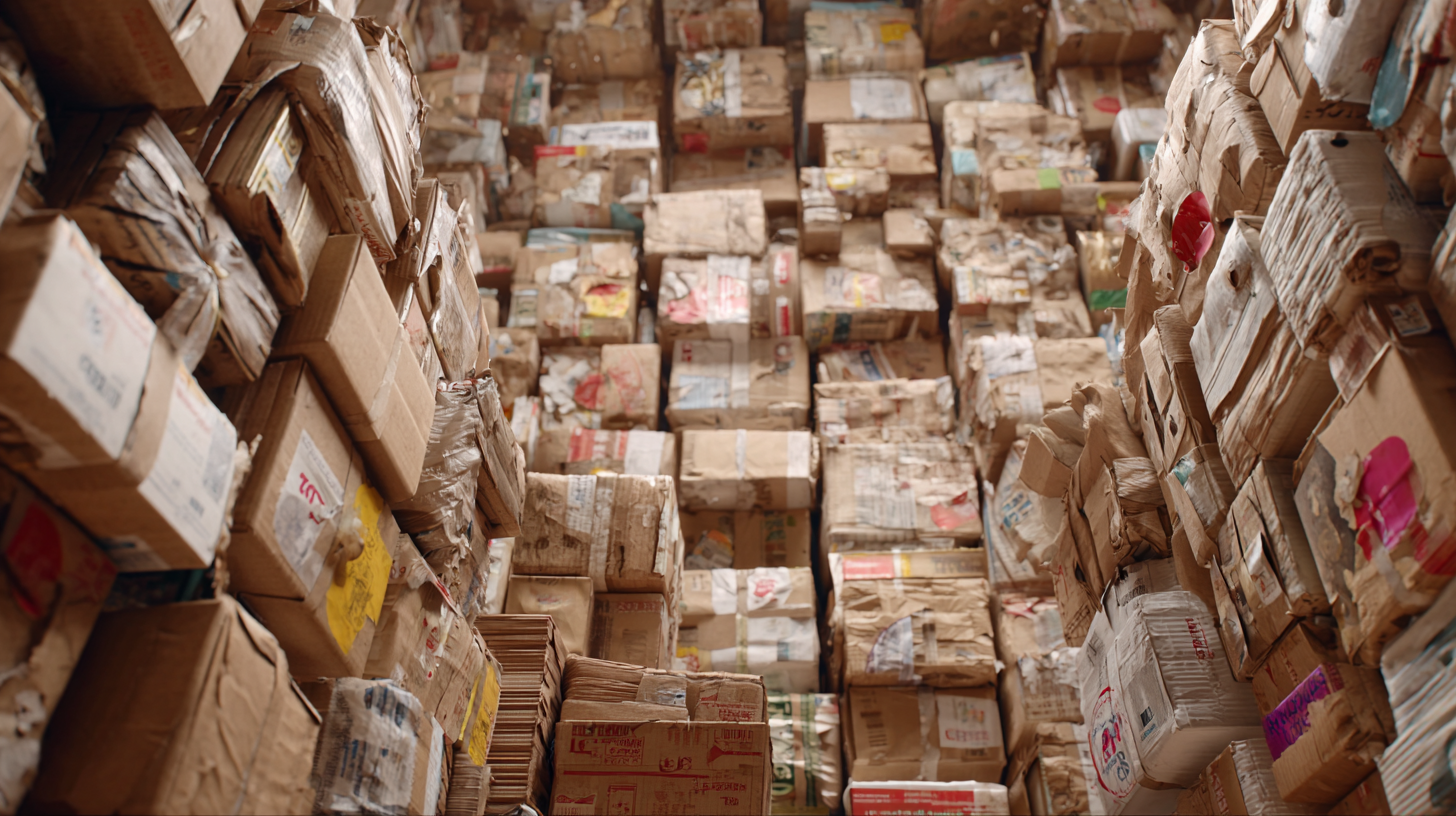
Strategies for Designing Effective Recycled Packaging Solutions
Designing effective recycled packaging solutions is pivotal for businesses aspiring to improve their sustainability efforts. As e-commerce continues its rapid growth, brands must recognize the dual role of packaging—not only as a protective layer for products but also as a significant marketing opportunity. By integrating recycled materials into their packaging strategies, companies can decrease their environmental footprint while enhancing brand perception among eco-conscious consumers.
One significant strategy for creating successful recycled packaging involves focusing on the unboxing experience. Even when customers are aware of their purchase, a thoughtfully designed package can elevate their overall experience and create lasting impressions. Incorporating unique, sustainable materials into the packaging design not only reinforces a commitment to environmental responsibility but also differentiates the brand in a crowded market.
Moreover, effective recycled packaging must align with logistical efficiencies to avoid potential cost pitfalls. Businesses should explore technologies and materials that streamline the supply chain while maximizing sustainability. Leveraging insights from industry trends can guide companies in implementing practical solutions that add value without compromising their green initiatives.
The Future of Recycled Packaging Innovations Transforming Sustainability Efforts - Strategies for Designing Effective Recycled Packaging Solutions
| Innovation Type | Materials Used | Benefits | Challenges | Future Potential |
|---|---|---|---|---|
| Biodegradable Plastics | Plant-based polymers | Compostable, reduces landfill waste | Cost, production scalability | High; increasing consumer demand |
| Post-Consumer Recycled Paper | Recycled paper fibers | High recycling rate, versatile applications | Quality consistency | Promising; encourages recycling |
| Glass Packaging | Recycled glass | Infinite recyclability, non-toxic | Weight, breakability | Very high; strong eco-appeal |
| Mushroom-based Packaging | Mycelium and agricultural waste | Biodegradable, renewable resources | Market acceptance, production time | High potential; niche applications |
| Recycled PET (rPET) | Recycled plastic bottles | Reduced energy use, lower carbon footprint | Limited feedstock availability | Excellent; widely used in consumer goods |
Key Technologies Shaping the Future of Sustainable Packaging
The future of recycled packaging is being shaped by key technologies that enhance sustainability efforts across various industries. The bioplastics market, valued at $3.76 billion in 2023, is projected to grow significantly to $39.81 billion in 2024 and reach $63.29 billion by 2032, with a compound annual growth rate (CAGR) of 5.9%. This increasing demand is driven by consumers prioritizing eco-friendly solutions in their purchasing decisions, which are also reflected in the protective packaging market. By 2035, the global protective packaging market is expected to rise from $30.4 billion in 2025 to $47.8 billion, with a CAGR of 4.9% during the forecast period.

As businesses seek innovative solutions, it's essential to focus on incorporating recycled materials into packaging designs. Tips to enhance sustainability include sourcing materials that are at least 30% recycled content and continually improving the post-consumer recycled (PCR) material usage in products. Additionally, companies should stay updated on sustainability trends and actively participate in industry collaborations to drive innovation and meet consumer expectations effectively.
Best Practices for Implementing Recycled Materials in Packaging
 As the global landscape shifts toward more sustainable practices, implementing recycled materials in packaging is emerging as a crucial best practice. By 2025, the market for smart packaging is anticipated to reach an impressive $26.06 billion, underscoring the growing awareness and demand for eco-friendly solutions. Companies can capitalize on this trend by adopting innovative strategies that integrate recycled materials, ultimately reducing their environmental impact. Collaborating with local and international partners can foster the development of effective recycling programs and encourage responsible sourcing.
As the global landscape shifts toward more sustainable practices, implementing recycled materials in packaging is emerging as a crucial best practice. By 2025, the market for smart packaging is anticipated to reach an impressive $26.06 billion, underscoring the growing awareness and demand for eco-friendly solutions. Companies can capitalize on this trend by adopting innovative strategies that integrate recycled materials, ultimately reducing their environmental impact. Collaborating with local and international partners can foster the development of effective recycling programs and encourage responsible sourcing.
Effective recycling initiatives cannot operate in isolation; they require robust measurement and monitoring systems to track plastic leakage into land, rivers, and oceans. Southeast Asian nations are leading by employing innovative methods to measure these challenges, demonstrating how market-driven solutions and legislative actions can create a significant impact. Businesses should consider these examples as they look to enhance their sustainability efforts, particularly in the realm of packaging. Furthermore, embracing green trade practices can prepare enterprises to navigate the evolving regulatory landscape, ensuring compliance while becoming leaders in the sustainable packaging movement.
Innovative Examples of Brands Leading in Recycled Packaging
Brands are increasingly embracing recycled packaging as a core component of their sustainability strategies. A prominent example is found in recent marketing strategies that focus on consumer engagement while promoting innovative packaging solutions. By integrating recycled materials into their products, these brands not only enhance their environmental credentials but also appeal to a growing demographic of eco-conscious consumers. This shift not only drives brand loyalty but also positions these companies as leaders in sustainable practices.
Innovative approaches are seen in various sectors, where brands are experimenting with unique designs and materials derived from recycling processes. For example, the use of post-consumer recycled plastics and biodegradable alternatives has gained traction, reflecting a commitment to reducing waste and environmental impact. These advancements not only cater to customer preferences but also set new industry benchmarks, encouraging others to follow suit in the quest for a more sustainable future. Through such initiatives, these brands are not only transforming their packaging but also redefining their overall market presence in an era where sustainability is paramount.
Future Trends in Consumer Preferences for Sustainable Packaging Options
As consumer preferences shift towards sustainable packaging solutions, innovative products like paper straws are witnessing significant market growth. The paper straw market was valued at approximately $71.93 million in 2023 and is projected to reach $86.04 million in 2024, with an impressive surge expected to $360.45 million by 2032. This dramatic rise underscores a growing consumer demand for environmentally-friendly options, particularly in the food and beverage sector, where traditional plastic straws are increasingly being replaced by sustainable alternatives.
Similar trends are emerging in the cosmetics packaging industry, where more than 70% of brands are aligning their packaging strategies with consumer preferences for eco-friendly solutions. The demand for sustainable packaging continues to drive innovation, as brands seek to minimize their environmental impact. While plastic remains a dominant material, the transition to biodegradable and recyclable options reflects a broader commitment to sustainability among consumers and manufacturers alike. These trends highlight a pivotal shift in the market, indicating that sustainability is not just a passing trend, but a fundamental change in consumer behavior and industry practices.
The Future of Recycled Packaging Innovations
Related Posts
-

Unlocking Sustainable Solutions A Comprehensive Guide to Best Eco Packaging Practices
-
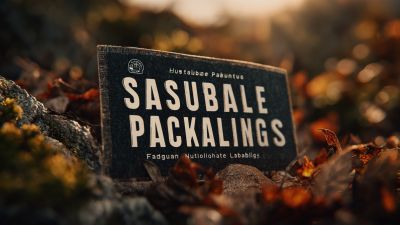
The Future of Eco-Friendly Packaging Labels Revolutionizing Sustainability in the Industry
-
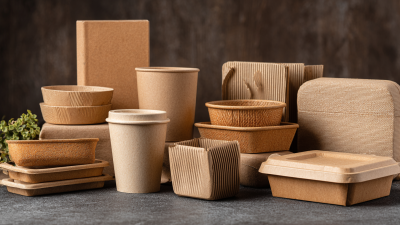
How to Choose the Best Eco Friendly Food Packaging for Your Business
-
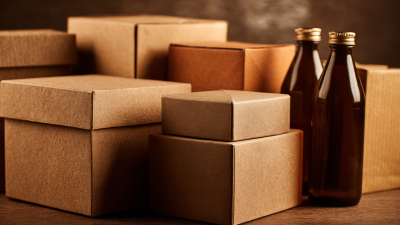
How to Transition Your Business to Earth Friendly Packaging Practices
-

How to Choose the Right Packaging Products for Your Business Success
-
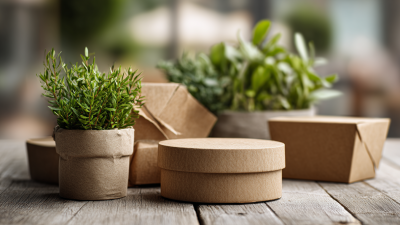
Unlocking the Future: How Sustainable Packaging Suppliers Are Revolutionizing Eco-Friendly Innovation
